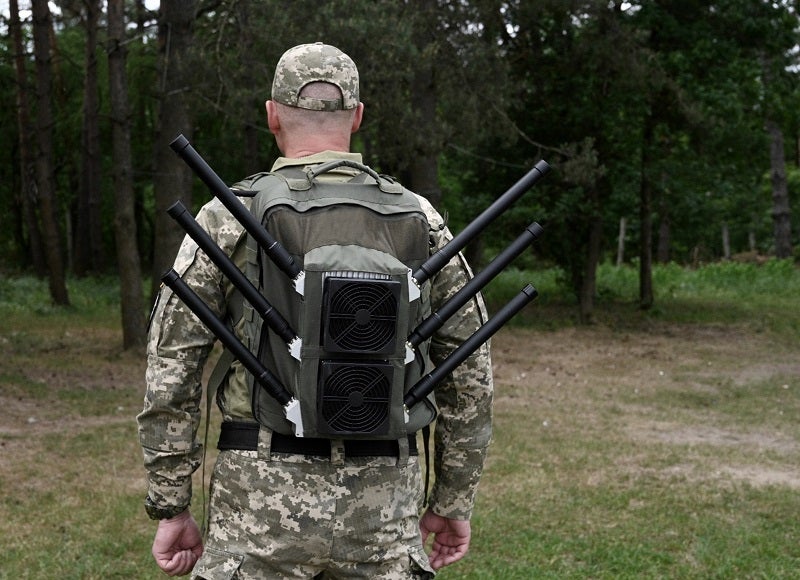
A new ‘Silent Hangar’ facility will provide a space for the UK Ministry of Defence (MoD) to test anti-jamming capabilities to protect a wide range of land and aerial platforms at its Boscombe Down site in Wiltshire.
The leading British defence supplier, QinetiQ, has designed the £20m ($26m) hangar in a way that will reduce reflections, echoes or the escape of radio frequency waves. This is said to create ideal conditions to test the resilience of systems integrated into Royal Air Force aircraft.
This anechoic hangar also prevents testing affecting other users, such as the emergency services and air traffic control.
Hangar has great capacity for military assets
Due to open in 2026, the silent hangar will will be large enough to fit some of the biggest military assets, including Protector uncrewed aerial systems, Chinook helicopters, and F-35 fighter jets. While the government specified a list of aerial platforms to be tested, the tests will also extend to any land vehicle.
This is a far greater capacity than existing UK facilities, and one of the largest of its kind in Europe. Currently, the largest European site of its kind is Caselle Torinese, based in Turin, Italy. There are multiple others dotted around Europe.
The new Boscombe Down site is roughly the same size as a traditional aircraft hangar.

Furthermore, the hangar will also house GPS simulators and threat emulators inside the chamber, simulating what the government has described as “the harshest electromagnetic environments on operations.” These systems will provide the ability to create a number of hostile environments to test how well equipment can withstand jamming, and other threats, that attempt to confuse or disrupt military assets.
EW proliferation
“Hostile threats jamming GPS to disorientate military equipment has become increasingly common,” stated Maria Eagle, the Minister for Defence Procurement and Industry.
Electronic warfare (EW) capabilities can disrupt modes of operating in a battlespace that is becoming ever more digitalised – tactical communications, command-and-control networks, and uncrewed platforms are all at risk of failing.
Demand for more multi-functional and cost-effective EW products has increased noticeably since 2017, with the Russian invasion of Ukraine and the subsequent illustration of EW’s relevance on the modern battlefield only further incentivising global investment in this previously niche capability set.

The use of EW capabilities by Russian forces in particular has generated significant consternation among Western military officials as the comparative lack of investment and innovation has enabled the Russian state to gain a strategic advantage over its geopolitical rivals.
This is reflected in the global EW market, which has seen a notable spike in growth since 2023 and is currently valued at $16.1bn in 2024.
Following the outbreak of the conflict in Ukraine in Fenruary 2022, the total value of the global EW market jumped from $9bn up to $13.9bn in 2023 according to GlobalData’s historical and current forecasts.
While part of this growth can be attributed to the addition of the Space EW segment data, the majority of investments were directed within the Airborne and Naval segments which saw growth of 64% and 35% respectively between 2022-2023. The value of the EW market is currently forecasted to grow at a compound annual growth rate of 4.6% up to a total market size of $21.8bn by 2033.
Note: this story has been updated to include additional information provided by the Ministry of Defence.



